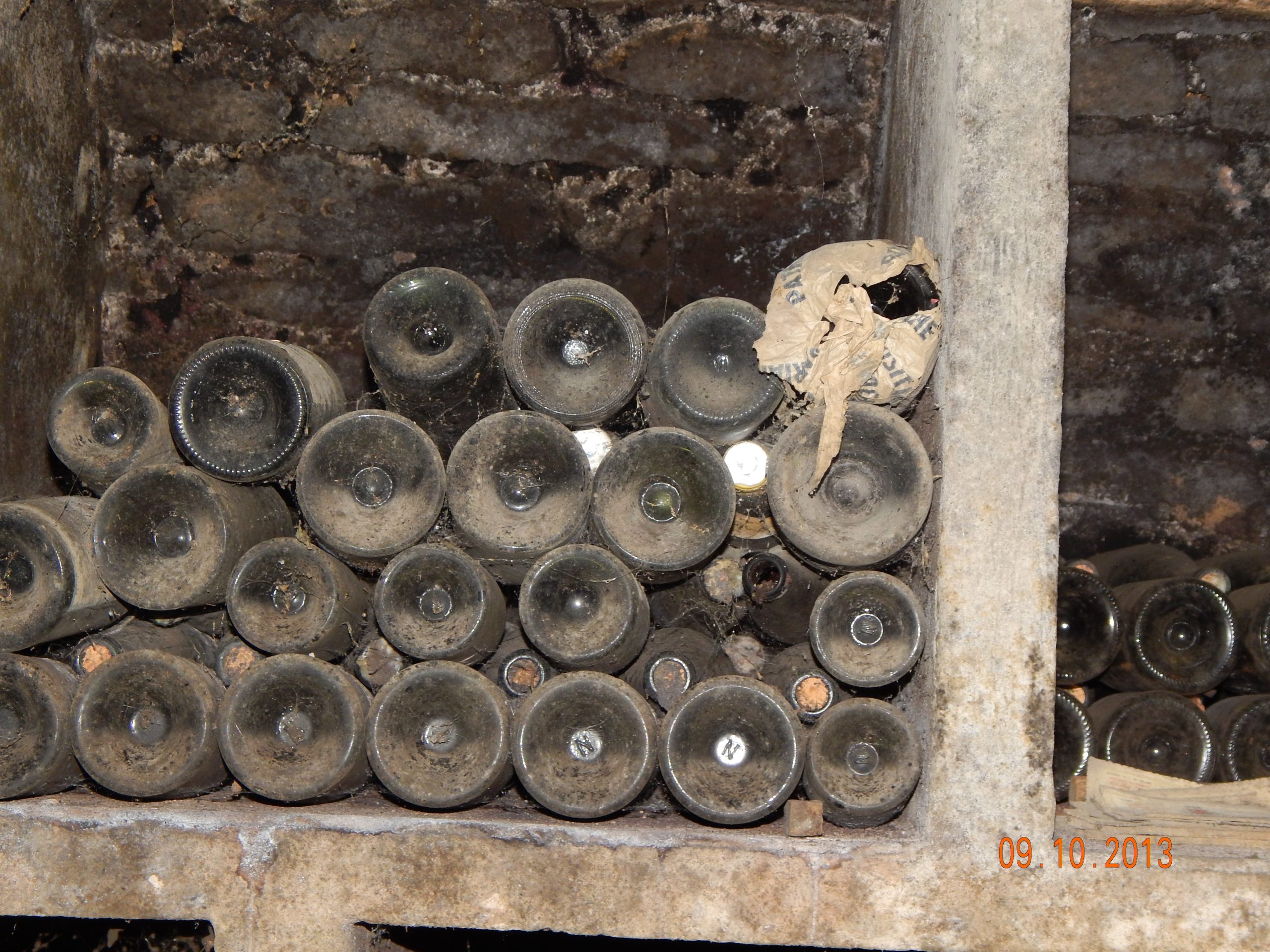Of wine, it is often said that with age comes beauty. And one might add—expense. A bottle of Chateau Margaux 2000 (which is probably drinking exquisitely as it approaches its 18th birthday) is now about $875 a bottle in wine shops around the U.S. At that price, it’s an experience that most of us will never have. But I have little doubt that something magical has transpired inside that bottle.
So what does happen as a wine ages and is all wine better with at least some age?
Interestingly, for most of history, young wine cost more than old wine. Young wine, fresh and vivacious, was delicious. But old wine, kept in (often unclean) barrels for years, was microbial, musty, oxidized, sour, and dependably on its way to becoming vinegar. It wasn’t until wine began to be regularly put into glass bottles sometime in the 18th century that wine drinkers realized that wine could be preserved. Indeed, certain wines actually got better. Sometimes markedly so.
At this point we must make a distinction between so-called “beverage wine,” and very good to great wine. The vast majority of wines produced today are simple, every-night wines that are fine being aged about as long as it takes to get them home from the store and that’s it. The only wines that “mature” are wines that were very good to begin with—and then only if they possess certain characteristics (more on this in a moment).
Most very good to great red wines start out with rather “tight” fruit and, bit by bit, slowly metamorphose until they are utterly supple and complex. Aided by tiny amounts of oxygen that seep through the cork, the molecules in a great wine interact, evolve, and coalesce in ways that remain mysterious and unpredictable. While no one can chart the path a great wine might take, or the rate at which it will take the journey, we know from empirical evidence that a great wine will indeed be even better with time.
It’s not just that the wine’s aromas and flavors will be more vivid; whole new unanticipated aromas and flavors will emerge. This is the essential “head trip” of a great wine—and why a great old wine costs a lot of money. No other entity on the planet undergoes so extraordinary a transformation toward the sublime.
As I mentioned earlier, only certain wines are capable of maturing over decades. In short, a wine must possess either a lot of tannin, a lot of acid, or a lot of sugar to go the long run. These are the three great “natural preservatives” that can help sustain a wine more than, say, five years or so. Hence, it’s no coincidence that most collector’s cellars are filled with red Bordeaux, Napa Valley cabernet sauvignon, Italian Barolo and a few other gems. All of these wines contain potentially massive amounts of tannin and are the wine world’s equivalent of long distance runners.
Lastly, any discussion of aging always prompts the question: for how long? I wish I could say. But wine is not a cake. It’s not ready at some prescribed moment in time. Every great wine is a living substance that changes according to its own rhythms. This should not be disillusioning. In fact, it is just the opposite. The unpredictability of wine makes it all the more compelling. Never truly knowing what to expect is part of the attraction; it is why wine appeals to the intellect in a way that, say, vodka does not. Best of all, the incontrovertibly inexact nature of readiness is a good excuse for buying more than one bottle of a fine wine, then trying these at several stages to see how the wine is developing.
My friend Warren Winiarski, the founder of Stag’s Leap Wine Cellars in the Napa Valley, once said to me, “Age gives wine a sense of beauty and satisfaction that it could never have had before when it was young. In our minds, we intuit beauty and satisfaction as a feeling of completeness. Because so much of life is incomplete, and old wine is remarkable and moving.”
Maybe I’ll buy that Margaux 2000 after all.

